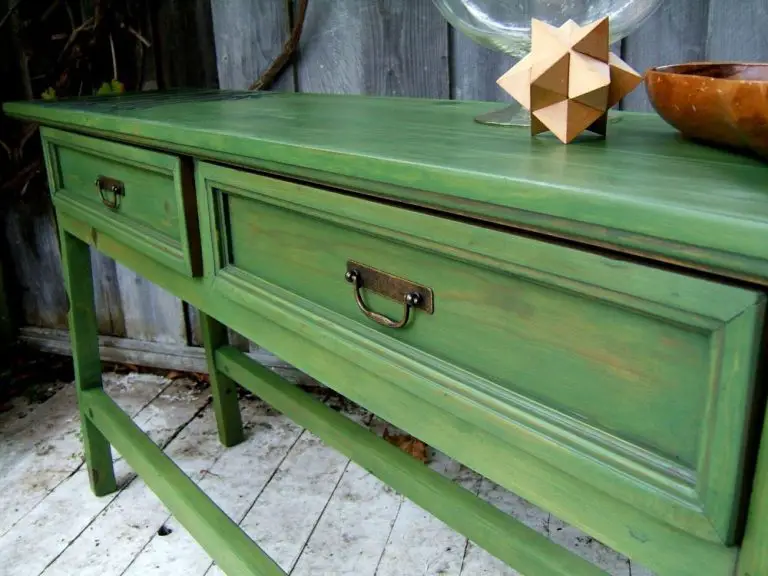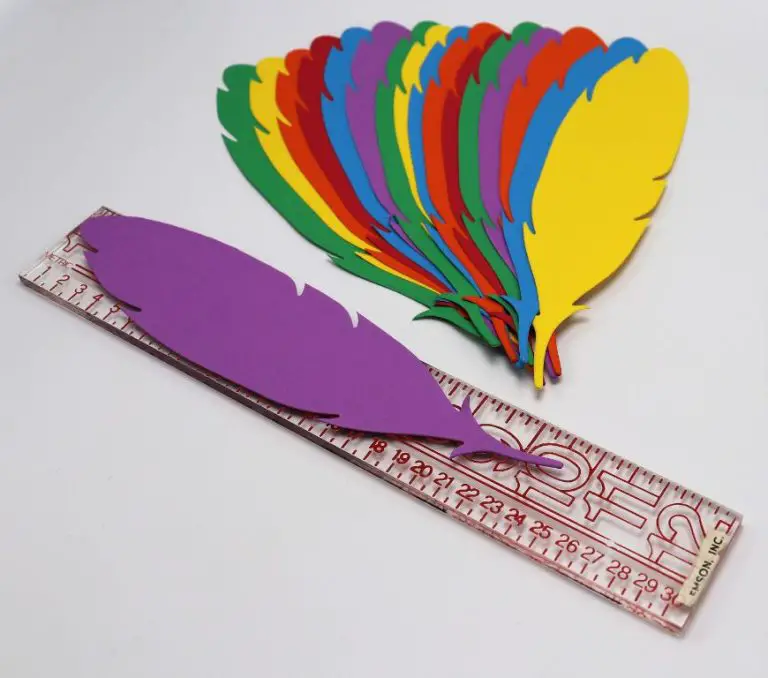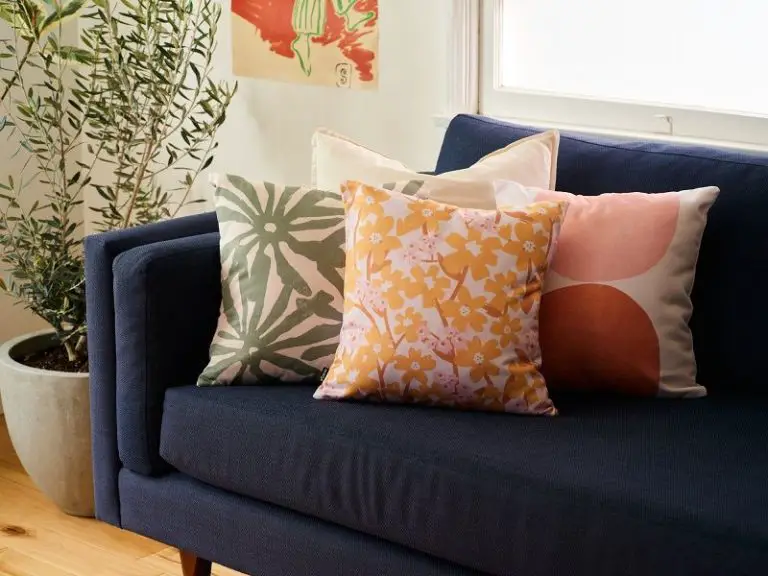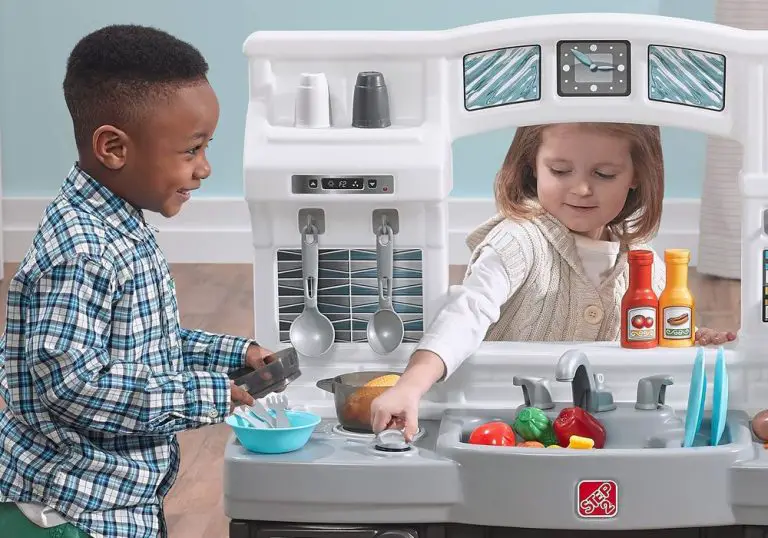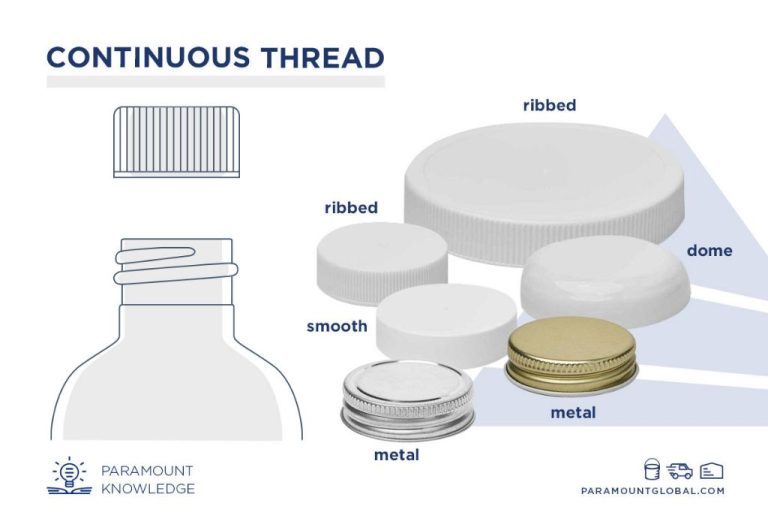Sensory Clay Play For Kids: Engaging Activities For All Senses
Sensory play refers to activities that engage a child’s senses of touch, smell, taste, sight, and hearing. It provides opportunities for open-ended play and exploration using materials with various textures, scents, sounds, appearances, and flavors. Sensory activities facilitate neurological development as children manipulate and experiment with sensory materials. Sensory play builds nerve connections in the brain’s pathways which are essential for later skills like reading, writing, focus, and socialization.
Working with clay offers an engaging sensory experience for children. Its soft, malleable texture provides tactile stimulation as kids squeeze, pound, roll, and manipulate the clay. Clay’s visual qualities allow kids to create anything they imagine. The resistance clay provides when pushing, pulling, or rolling helps develop hand and arm muscles. Cleaning up clay also builds motor skills. With adult supervision, clay can even be used to explore smell and taste. Overall, clay is an open-ended, creative material that engages multiple senses.
Choosing Clay for Sensory Play
Sensory play with clay allows children to explore different textures and properties through touch. When selecting clay for kids, consider the type, safety, and age recommendations.
Popular types of clay include:
- Play-Doh – Soft, non-toxic modeling clay that comes in bright colors. Fun for imaginative play.
- Modeling clay – Oil or polymer-based clay that keeps its shape when baked or air-dried. Good for sculpture projects.
- Kinetic sand – Mixture of sand and polymers that holds its shape when molded. Provides unique tactile experience.
- Edible clay – Made from ingredients like cornstarch and marshmallows. Safe for kids to shape and eat.
Check labels for safety, as some clays contain toxic ingredients. Polymer clays marked non-toxic work well. For young toddlers, edible homemade clay is safest.
Adjust clay types by age. Play-doh and soft modeling clays suit ages 2-3. Older kids can handle firmer doughs for sculpting. Supervise play for choking hazards.
Tactile Exploration
Clay offers a wide variety of interesting tactile experiences for kids to explore through touch. Simply feeling the clay with their hands allows children to experience different textures from smooth to bumpy. Kids can press the clay with their fingers or tools like cookie cutters and observe how the clay squishes and morphs under applied pressure. Rolling pieces of clay between their palms or pounding the clay with fists or a toy mallet engages children’s sense of touch in new ways as they change the shape and surface of the clay. Through tactile play with clay, kids can gain sensory input while also developing fine motor control.
Visual Play
Clay provides endless opportunities for visual sensory play as kids explore mixing colors, making shapes and objects, and decorating their creations. According to an article on Ecokidsart.com, “Clay play and modeling can provide good tactile sensory fun” (https://www.ecokidsart.com/clay-play-kids-art-modeling-good-tactile-sensory-play/).
Kids can combine different colors of modeling clay to create new shades and textures. Rolling snakes and blending the colors together helps develop color recognition skills. Making shapes like balls, snakes, pancakes, and coils strengthens fine motor control. Kids can use clay to make animals, foods, vehicles, buildings, and anything else they imagine. Decorating creations with natural items like sticks, leaves, flowers or store-bought stamps adds visual interest and texture.
The visual qualities of clay keep kids engaged in open-ended art and construction activities. As they manipulate the clay, children hone cognitive, motor, and sensory processing skills.
Auditory Sensory
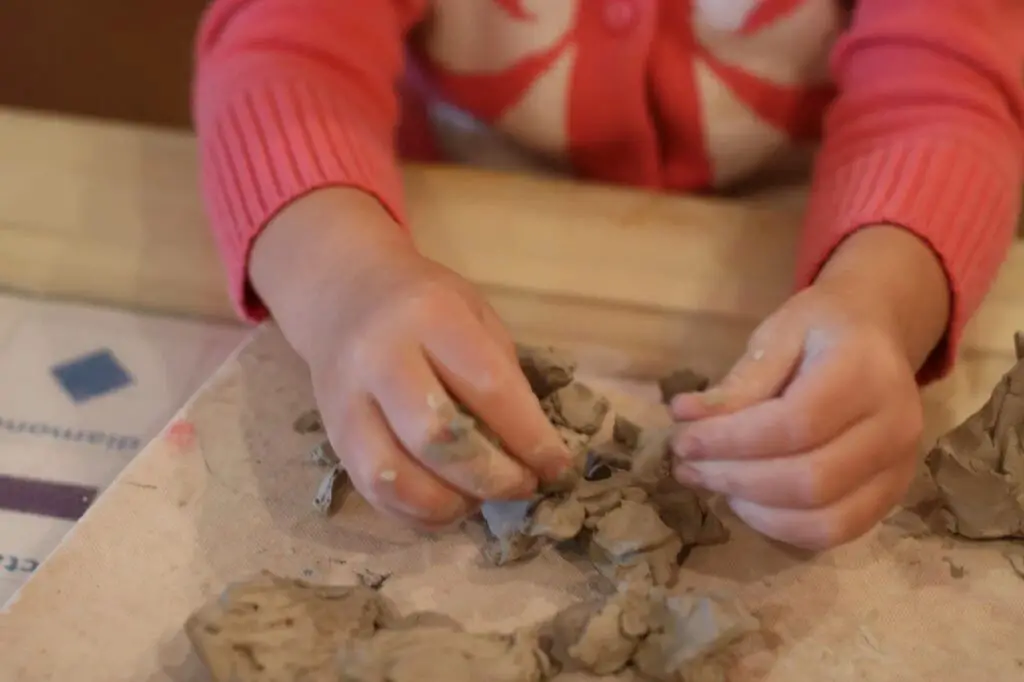
Playing with clay allows kids to engage their sense of hearing in fun ways. Listening to the sounds of clay being squished, cracked, and manipulated stimulates auditory pathways and promotes sensory integration. Some ideas for incorporating sound into clay play include:
Listening to clay being squished and cracked. Let kids experiment with squeezing, smashing, and sculpting clay to hear the different sounds it makes. Encourage them to notice how gently squishing makes soft, quiet noises while forceful smashing and cracking creates louder sounds.
Tapping tools on clay surfaces. Provide a variety of items like spoons, straws, kitchen utensils, or blocks for kids to use. Let them tap, scrape, and press the tools into the clay to explore the auditory feedback. Turn it into a matching game by tapping two blocks and having them identify if the sounds were the same or different.
Oral-Motor
Clay play is a great way to encourage oral-motor development in kids. Allowing kids to touch edible, non-toxic clay to their mouths provides oral sensory input. Kids can explore the texture and taste of the clay with their tongues and lips. Parents should supervise closely to ensure kids do not eat too much clay.
Kids can also strengthen their oral muscles by making clay ‘foods’. Rolling snakes, making pizza circles, pinching clay meatballs, and molding fruits engage the tongue, lips, and jaw in functional movements. These clay foods can then be used for pretend play to further develop oral motor skills. As kids bite clay foods and pretend to chew, they are practicing chewing movements. Make sure to use child safe, non-toxic clay.
According to research by Dimension Therapy, clay play can help refine oral motor skills in children by strengthening muscles involved in speaking and chewing (source). Supervised sensory oral play with modeling clay provides a fun and engaging way to develop and strengthen oral musculature.
Smell & Taste
Adding scents to clay is a great way to engage kids’ sense of smell while they play. Essential oils like lemon, orange, peppermint or lavender can be mixed into the clay to release pleasant aromas as kids mold the clay. Only a few drops of oil are needed for a batch of clay. Be sure to use child-safe essential oils and supervise closely so kids don’t ingest the scented clay (1).
For a fun taste-safe option, edible play dough is a tasty sensory material for little ones to explore. Recipes combine ingredients like peanut butter, chocolate or citrus zest to create doughs that smell and taste good too. Supervise closely so kids don’t overeat the clay. Focus play on the sensory experience rather than eating the material (2).
(1) https://craftythinking.com/olfactory-sensory-activities-for-kids/
(2) https://ru.pinterest.com/pin/358739926553096889/
Fine Motor Skills
One of the best benefits of sensory clay play is that it helps strengthen kids’ fine motor skills. As children roll, pinch, pat, and manipulate the clay, they develop greater dexterity, precision, and hand-eye coordination that will help them with tasks like holding pencils, using scissors, buttoning, and more.
Here are some key fine motor skill building clay activities to try:
- Rolling clay “snakes” – have kids roll snakes of various lengths and thicknesses. See if they can coil the snakes or connect them to make letters or shapes.
- Using clay tools – let kids practice control by using kid-safe clay tools like rollers, shape cutters, or clay sculpting utensils. Have them make indentations in the clay, cut shapes, or sculpt figures.
As recommended in this article, activities like rolling, squeezing, pounding, and flattening clay all help strengthen little hands. Make a fun and engaging fine motor activity by providing clay tools and challenges tailored to your child’s developmental level.
Clean Up
Proper storage is important for unfinished clay projects. According to Pottery Crafters, clay projects should be stored in sealed airtight containers or plastic bags to prevent drying out. Make sure to squeeze out any air before sealing the container. Refrigeration can also help keep clay moist and fresh for longer periods between sculpting sessions.
For dried out clay, there are a few options for reuse and recycling. Break up the hardened clay and add water to reconstitute it into a pliable material again. Knead thoroughly until smooth and store in an airtight container. Old clay can also be crushed into a powder and used as a texturing material by sprinkling it onto fresh clay. Finally, consider reusing clay remnants by incorporating them into mosaic art projects.
Conclusion
Sensory play with clay offers numerous benefits for a child’s development. As outlined in this article, working with clay enhances fine motor skills, creativity, focus and concentration. Tactile exploration of different clays and tools boosts sensory processing and hand-eye coordination. Using clay for visual arts exposes children to colors, shapes and spatial awareness. Auditory play develops listening skills. Oral-motor activities with clay strengthen mouth muscles. The textures and scents of clay stimulate multiple senses. Overall, clay is an open-ended and engaging material that fosters learning across developmental domains.
Parents should facilitate regular sensory play at home using clay. Set aside time for open exploration and child-led creation. Provide a variety of clays, sculpting tools, cookie cutters, and materials like googly eyes to spark interest. Play alongside your child, asking open questions and making observations. Most importantly, let your child take the lead, get messy, and have fun with this stimulating sensory material!

